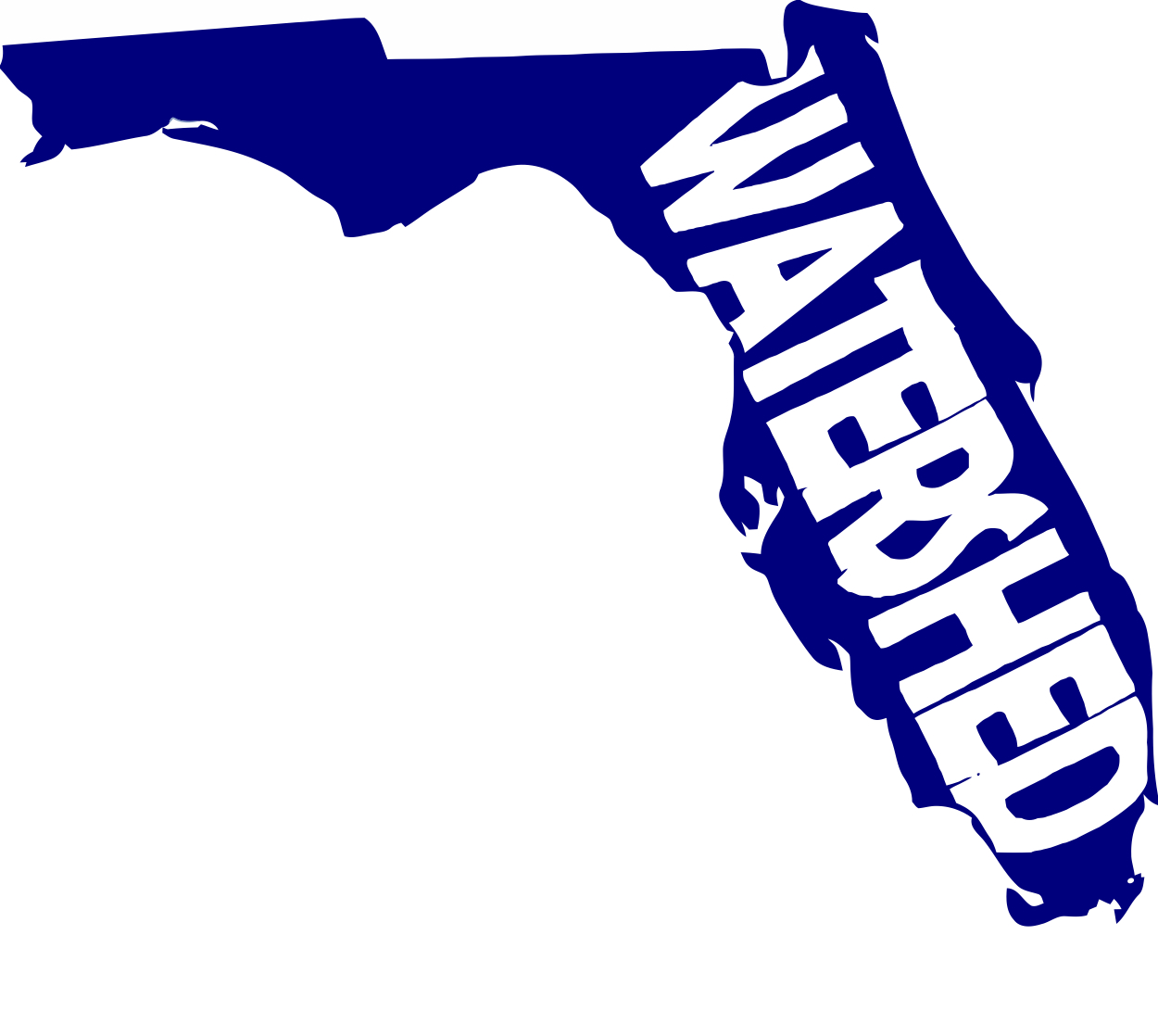Episode 9: This is Home
In the small farming town of Hastings, Wayne Smith is looking to his roots to define the future. As one of Hastings' last legacy farm families, the Smiths are adapting and diversifying to keep their farm afloat. "You’re looking at an area that had, when I graduated from college, about 270 potato growers," Wayne says. Today, "we’re down to 25, 30 at the most."
"There's hardly any left," says Wayne Smith of Hastings' dwindling farmers. Photo by Daniel Ward.
From 1982 to 2010, Florida lost an estimated 95,000 acres of rural land per year to development. Wayne says he wants to ensure his family's future on the farm and protect the rural character of his community—which is why he is selling the development rights on 238 acres of his farm through the Rural and Family Lands Protection Program.
Rural and Family Lands was established in 2001 to slow a rising tide of development across the state, while keeping agriculture land on the tax rolls and protecting Florida’s farming families. The ecological piece? Farmers’ stewardship of rural lands directly impacts water resources and wildlife habitat.
Cows graze in the Smith woods. Photo by Daniel Ward.
The "Monkey Tree," a live oak in the Smith woods. Photo by Daniel Ward.
The Governor and Cabinet approved the Smiths' conservation easement in April 2015, adding to the 8,765 acres already protected from development under the Rural and Family Lands Protection Program. Admittedly, this is a small drop in the bucket compared to Florida’s total agricultural acreage. But if you ask participants like Smith, they’ll tell you it’s made a local difference.
“They say a man without vision perisheth. I’m not perishing yet—I’ve still got vision.”
This interactive map from the Florida Forest Service shows the various Rural and Family Lands parcels across the state. A version of this story aired on WJCT.
Listen to this episode via the SoundCloud player at the top of the page. Subscribe to Watershed via iTunes. Listen to us via SoundCloud. Connect with us on Facebook and Twitter.



